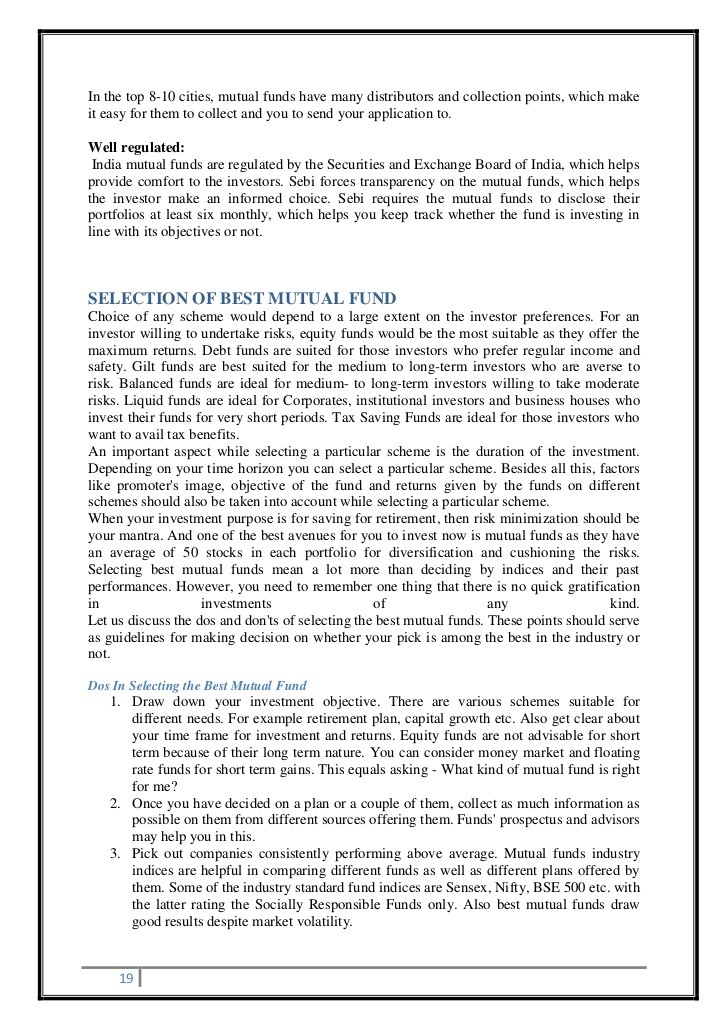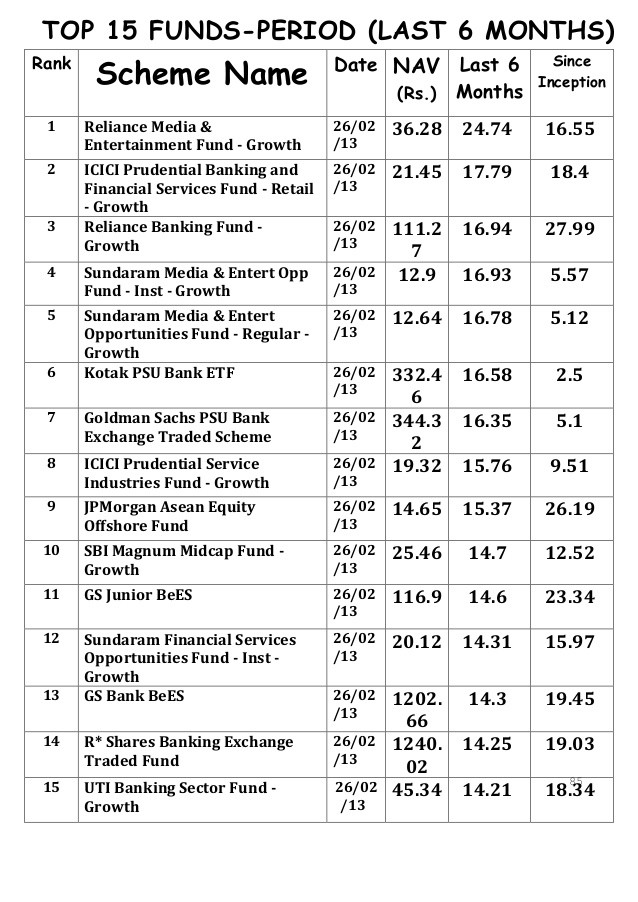Top 10 mutual fund terms (Page 1 of 2)
Post on: 16 Март, 2015 No Comment

1. Expense ratio
The expense ratio is what it costs to operate the fund — money that is collected through management fees, administrative fees and other asset-based charges. The expense ratio is revealed as a percentage of the fund’s average net assets, and it is deducted before you are paid any return.
High expense ratios eat up investors’ profits. Here’s why: Let’s say Mutual Fund A and Mutual Fund B each has a 10 percent return before expenses. If Fund A’s expense ratio is 2 percent higher than Fund B’s, you lose an extra 20 percent of your expected returns each year when your money is in A. Ouch!
Generally speaking, you want to pay 1 percent or less in expense ratios. A high expense ratio doesn’t mean better results. For instance, Vanguard Capital Opportunity Index managed a return of more than 30 percent through the first three months of 2000 while keeping an expense ratio of 0.94 percent. Why pay more?
2. 12b-1 fee
12b-1 fees pay funds’ marketing, promotion and distribution expenses. The fee is named for the line of legislation that made it possible. The 12b-1 fee is included in the expense ratio, so you shouldn’t worry about it, right? Ha! The 12b-1 lowers your overall return, and not all funds charge such fees. The argument for these fees is that they are used to sell the fund, which results in more people putting more money into the fund. This allows the fund to lower its cost ratio.
By law, the 12b-1 fee can be no more than 1 percent. Don’t rule out a fund because it has a 12b-1 fee, but choose funds that charge a 12b-1 of no more than 0.25 percent.
3. Alpha

Alpha is a measure of the difference between a fund’s expected return and its real return. Alpha must be evaluated in the context of a fund’s beta (volatility) and R-squared (benchmark index).
A high alpha (more than 1) is a good thing. A negative alpha means the fund under performed.
4. Beta
Beta is a fund’s volatility measured against the S&P 500 index, which has a set beta of 1. Therefore, if a fund has a beta higher than 1, it means it’s moving up and down more than the rest of the market. A fund with a beta of 2 will move up 20 percent when the S&P rises 10 percent.
Use a beta this way: In good times, look for funds with a higher beta because you’ll get higher returns. In bear markets, look for funds with betas lower than 1. That way, your fund won’t have losses larger than the average for the market.














